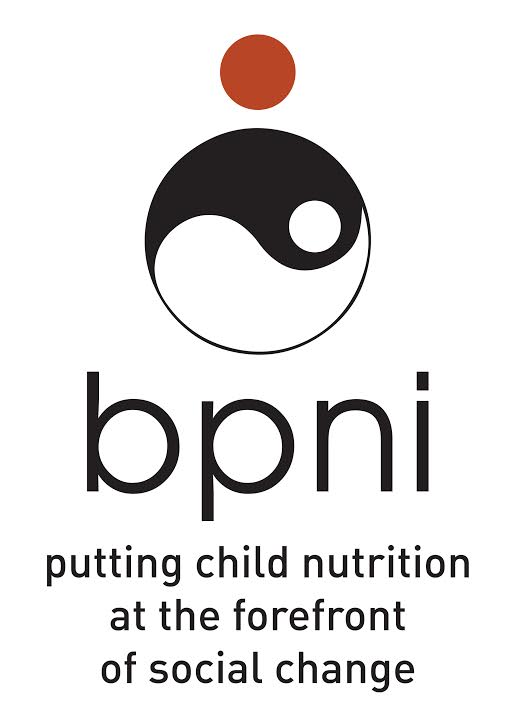Complementary feeding

Introduction
Complementary feeding food refers to the food given to the child after 6 months of age to complement the breastfeeding. After 6 months of age, the breast milk does not suffice for the nutritional needs of the child. Therefore, his/ her needs are met by complementary feeding. Care must be taken that these food complement and not replace mother’s milk.
Why it is necessary?
The 6-11month period is an especially vulnerable time because infants are just learning to eat and must be fed soft food frequently and patiently. Food habits tend to develop during the first two years of life. Hence, initiation of complementary feeding at 6months of age, consistency and kind of complementary food, quantity of it all these factors are important in order for the child to grow healthy and well.
Tips for introduction of complementary food
- Only one food must be introduced at a time. The child is tasting the foods for the first time and must be given the time to recognise and get familiar with a particular food.
- Offer home-made local family food. Avoid too many spices and chillies as they can cause irritation to the child.
- Babies who are given family food are more likely to adopt to these later in life. Also there is no need to cook separately as the food cooked for the family can be modified in consistency, taste and spices etc.
- Food should be served to your child on a separate plate or in a bowl.
- Variety should be introduced in your child’s diet to make it more appealing.
- Commercially processed foods should be avoided as they are harmful for the child in the long run.
- Relax while feeding the child.
- Do not force feed your child rather feed him/ her on demand. If the child dislikes a particular food, it should be removed from the diet of the child.
- If any food makes your child sick or pale, that should not be given to the child as the child maybe allergic to that food.
- The child should be made to eat by active feeding methods which includes talking, playing, paying attention and showing interest, love and affection.
Types of complementary foods
- Cereals: It includes rice, Jawar, millets ,atta ( in the form of roti/ halwa) and other easy to digest cereals. They form an important source of energy, iron and protein.
- Legumes: This includes moong dal, Rajma, Lobia, Arhar dal and others. They are the excellent source of proteins, vitamins and minerals.
- Milk and milk products: All the products including milk, curd, paneer should be included. They are excellent sources of calcium, vitamins and protein.
- Oil/ fat: It helps to increase the energy density of the food and helps the absorption and metabolism of Vitamin-A.
- Vegetables and fruits:Vegetables are rich in vitamins (Vitamin-A, Vitamin-B, Vitamin-C) and minerals (especially iron).This may also provide protective elements to build immunity in child. Fruits add taste and variety to the meals. They can be mashed and given to the child. They are good sources of certain vitamins and minerals.
- Sugar: It includes sugar and jaggery. It improves taste and provide energy to the food without adding bulk to it.
